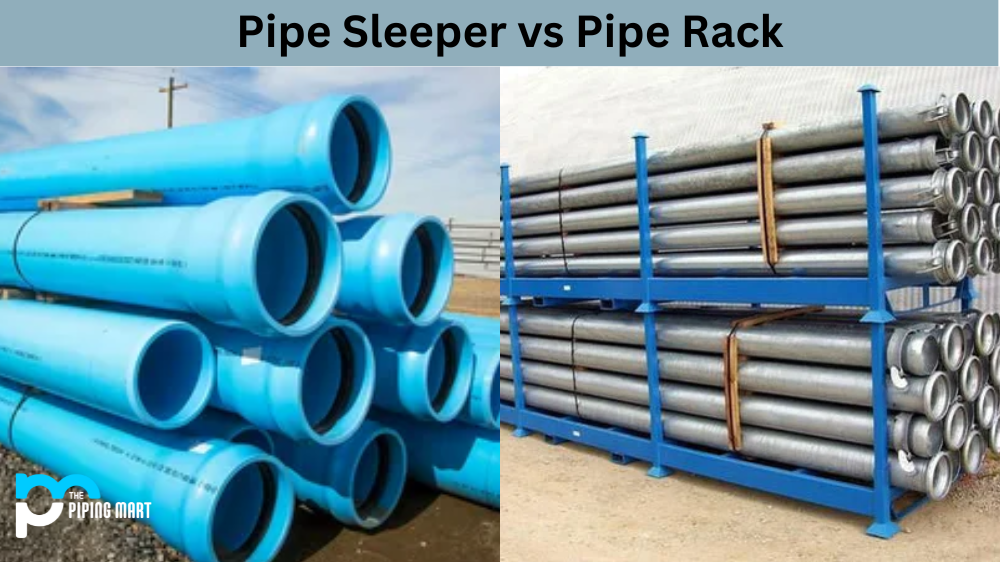Valves are essential components in piping systems that regulate, control, and direct the flow of liquids and gases. Piston check valves are a type of check valve that offers reliable, leak-free operation and can withstand high-pressure environments. This blog post aims to provide detailed information about piston check valves, including their properties, uses, and applications.
What is Piston Check Valve?
A Piston Check Valve is a valve that uses a piston to control the direction of flow. It features a spring-loaded mechanism that opens and closes depending on the pressure differential across it, allowing for a one-way flow of liquid or gas. These valves offer several advantages, such as precise control of flow rates, low leak rates, quick response times and compact size. They are often used in hydraulic systems to prevent backflow and pressure loss.
Properties of Piston Check Valves:
Piston check valves consist of pistons that move up and down within a body. A spring holds it in place and keeps the valve closed until enough pressure is applied to lift the piston and allow flow. The design of these valves makes them ideal for high-pressure applications. They also offer excellent sealing capabilities, which help prevent leakage.
Uses of Piston Check Valves:
Piston check valves are widely used in the oil and gas industry, chemical processing, and power generation applications. They can regulate the flow of fluids and gases or prevent backflow in a piping system. The piston check valve is an excellent choice for applications where high-pressure fluids need to be controlled. They are also used in hydraulic, steam, and marine applications.
Applications of Piston Check Valves:
Piston check valves are used in various industries, including chemical processing, oil and gas, power generation, water and wastewater treatment, and more. They are used in pipeline systems to prevent backflow and can be installed vertically or horizontally. These valves are recommended for use in gas and liquid systems where high-pressure conditions exist. They are also used in power plants where the steam flow requires precise control.
How to Use Piston Check Valves:
To use piston check valves, follow these simple steps:
Identify the flow direction of the fluid.
Connect the valve in the system.
Observe and check if the valve is in the correct position.
Turn the valve handle to the open position to allow fluid flow.
Turn the valve handle to the closed position to prevent backflow.
Conclusion:
In conclusion, piston check valves are essential in high-pressure applications, such as chemical processing, oil and gas, and power generation. They offer leak-free operation and excellent sealing capabilities, ideal for regulating fluid flow and backflow prevention. Proper valve installation and maintenance can help increase its lifespan, thus avoiding costly repairs and downtime. Thank you for reading, and we hope this blog post helped you understand more about piston check valves.




